Google Pixel 7 and Pixel 7 Pro: the 7 most exciting new camera features
We rank our favorite camera features on Google's new flagships
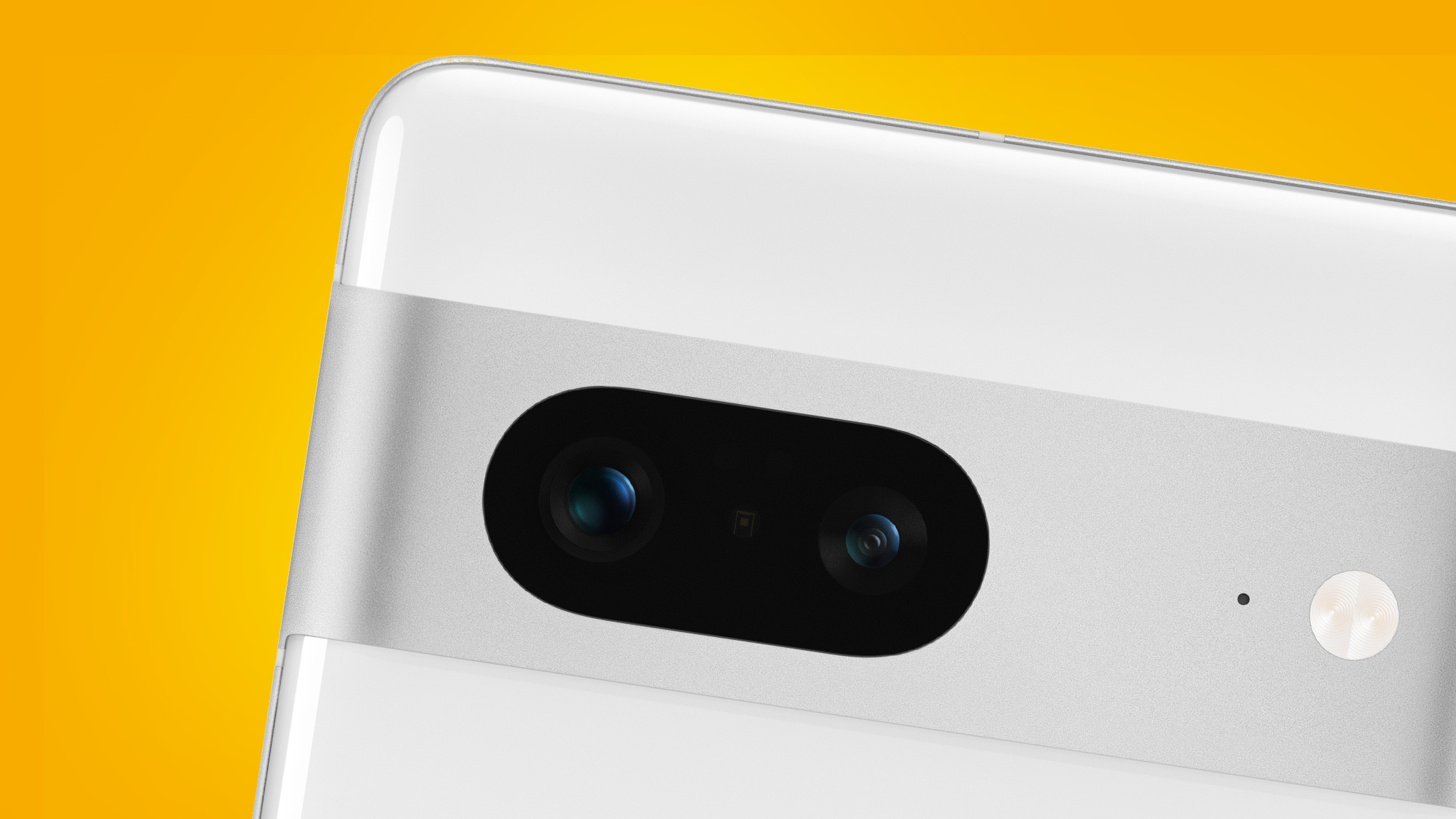
The arrival of new Google Pixel phones is always a big moment for point-and-shoot snapping – and so it's proved again with the launch of the Pixel 7 and Pixel 7 Pro.
While the new flagships don't have a headline moment quite as big as the Pixel 3's introduction of 'Night Sight', they do bring a combination of exciting hardware and software upgrades that could fire them into the upper echelons of our best camera phones guide.
The basic hardware recipes of both the Pixel 7 and Pixel 7 Pro aren't radically different from their predecessors. Both have the same 50MP main cameras and 12MP ultra-wides, with the Pixel 7 Pro bringing an extra 48MP telephoto lens with 5x optical zoom powers.
But under the hood, Google's new Tensor G2 processor powers some fancy computational photography features, including Photo Unblur and a new Cinematic Blur mode that looks suspiciously similar to Apple's Cinematic Mode.
So what are the two phones' most exciting photographic features? We've ranked the ones we're most looking forward to testing here – starting with that cheat mode for all our snapping mistakes, Photo Unblur...
1. Photo Unblur (Pixel 7 and Pixel 7 Pro)
Luckily, every one of our photos is perfectly crisp and never contains any mistakes (okay, that's a lie), but if your library is dotted with blurry clangers then Google's Photo Unblur trick could be a welcome godsend.
Initially only available in the Google Photos app on the Pixel 7 and Pixel 7 Pro (although we suspect it'll come to other phones soon), Photo Unblur is a development of Google's existing de-noise and sharpening tools and should nicely complement the Face Unblur trick that arrived last year on the Pixel 6 series.
Get daily insight, inspiration and deals in your inbox
Sign up for breaking news, reviews, opinion, top tech deals, and more.
Unlike Face Unblur, Photo Unblur is designed to be used retroactively on existing pics rather than in the moment of capture. While it can't work miracles on disastrous snapping incidents, the early demos show an impressive ability to rescue shots that have been sullied by slow shutter speeds, focusing issues, or mild hand-shake. And it'll work on photos taken on any camera, too.
2. Macro Focus (Pixel 7 Pro)
It's far from the first phone with a dedicated macro mode, but the addition of autofocus to the Pixel 7 Pro's upgraded ultra-wide lens is a big deal for fans of Google smartphones.
Our US Mobiles Editor Philip Berne explained why macro was the Pixel 7 Pro feature he was most excited about before the phone's launch. And Google granted his wish with a mode that should match the close-up shots possible on rivals like the iPhone 14 Pro.
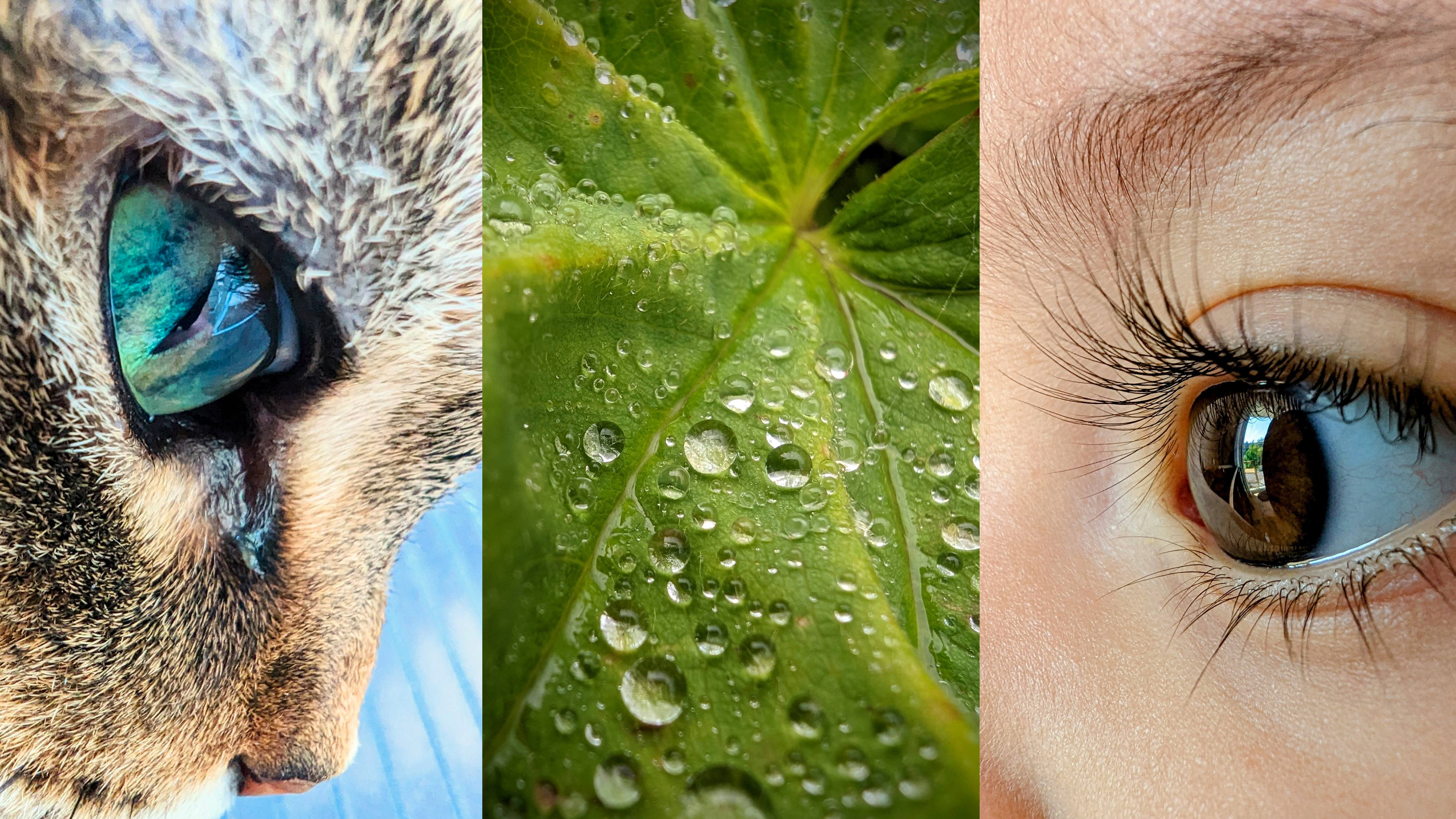
It isn't yet clear what software trickery Google has brought to this mode, but it promises to let you focus on objects from as close as 3cm away. Macro Focus will also kick in automatically when you move close to a subject, switching from the main camera to the ultra-wide.
It's one mode we're very much looking forward to taking for a spin (watch out, spiders). In the meantime, you can check out some sample shots in this Google Photos gallery.
3. Improved Super-Res Zoom (Pixel 7 Pro)
Zoom promises to be one of the biggest improvements on the Pixel 7 and Pixel 7 Pro. The Pro model now has 5x optical zoom (rather than the Pixel 6 Pro's 4x zoom), but the more interesting improvement is the software trickery available on both models.
Just like the iPhone 14 Pro, both phones can crop into their 50MP resolution for an effective 2x zoom at a 12.5MP resolution, thanks to some added noise processing. But a more useful improvement is likely to be the processing that takes place in between the Pixel 7 Pro's native focal lengths.

Previously, these 3x or 4x optical zoom spots have been covered by fairly rudimentary digital zoom. But Google claims that the Pixel 7 Pro can fill in some extra details using its 5x telephoto camera, which should create far more consistent results throughout that zoom range (in theory at least). That's definitely something we're looking forward to trying out.
4. Cinematic Blur mode (Pixel 7 and Pixel 7 Pro)
Apple's Cinematic mode brought simulated background blur, like the kind you'll find in portrait mode photos, to video last year on the iPhone 13 Pro. It's still early days for the technology, but Google has now jumped into the computational pool party with its take on fake video bokeh.
The problem these modes are trying to solve is that smartphone cameras have too large a depth-of-field to deliver the kind of blur that makes videos shot with dedicated cameras look, well, cinematic.
It's a tough nut to crack because every single frame needs to be processed to look like it was shot with a bright prime lens – and based on Google's demo above, the Pixel 7 series hasn't made any huge leaps forward.
The fall-off from subject to background still looks a bit artificial and heavy-handed, but it could certainly be a handy mode for the odd cut scene. We'll be sticking to the best vlogging cameras for a little while yet, though.
5. Improved Night Sight (Pixel 7 and Pixel 7 Pro)
Google's 'Night Sight' mode was a revelation when it arrived on the Pixel 3 back in 2018. Rather than using the traditional long-exposure method to expose dark scenes, it let you shoot them handheld thanks to its staggering ability to instantly re-assemble the best bits from a burst of frames.
The mode has steadily improved over the years, but its issue has always been the motion blur created if anything in your scene dares to move an inch during the burst sequence. Well, Google is promising that this problem has, if not been solved, at least improved on the Pixel 7 and Pixel 7 Pro.
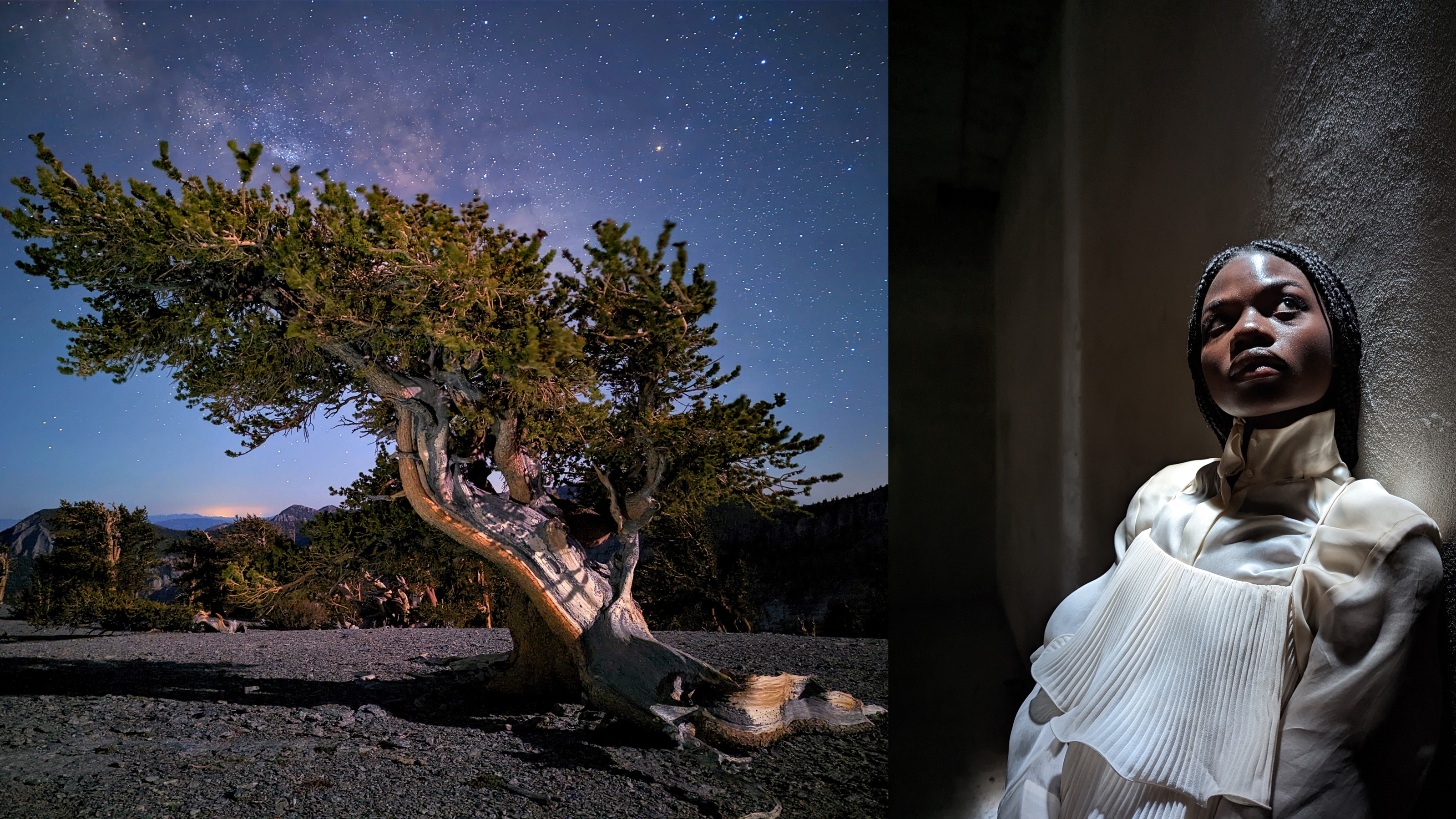
This is because its machine learning techniques allow a reduction in noise, which in turn means each frame can use a shutter speed that's half as long as before. The result? In theory, far fewer issues with motion blur ruining your cityscapes and night-time portraits.
6. Guided Frame (Pixel 7 and Pixel 7 Pro)
An impressive example of an AI accessibility feature, Guided Frame is designed to help people who are blind or have low vision take selfies more easily on the Pixel 7 and Pixel 7 Pro.
When you open the front-facing camera and hold it to your face, the feature's voice will tell you where to position the phone to compose the shot, nudging you in the right direction before letting you know when you've got the money shot.
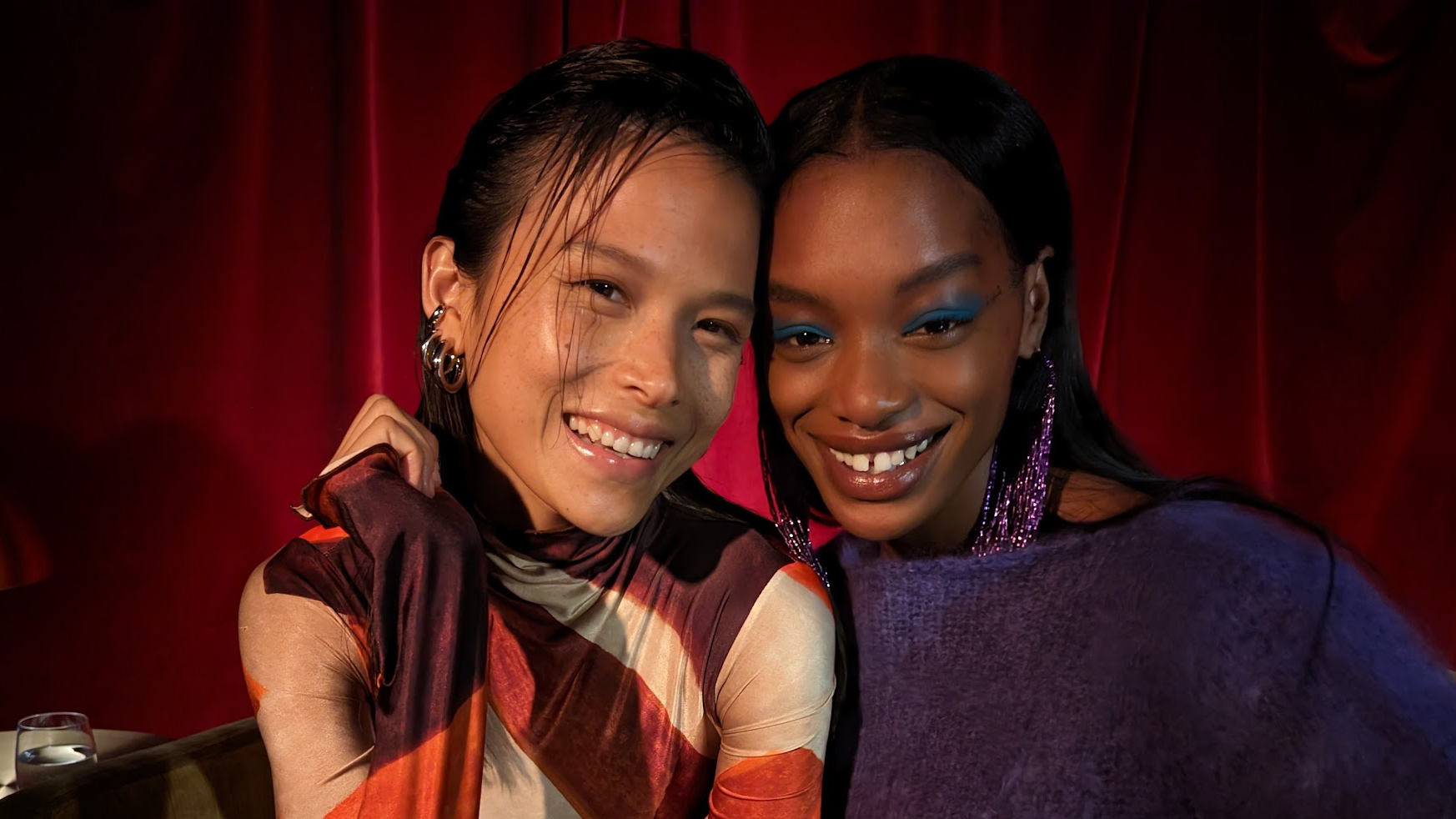
You'll get prompts like "move your phone slightly right and up", while a count-down lets you know when the shot is about to be taken. Hopefully, it'll spur other manufacturers to make equivalent modes.
Google has also boosted its Real Tone feature on the new Pixels to make sure every subject's skin tone is accurate and well-exposed in your photos. With the feature tested on over 10,000 portraits and refined in collaboration with Diversify Photo, it should now be much improved.
7. Improved selfie camera (Pixel 7)
Photographers may scoff at the selfie camera, but it's one of the most frequently used lenses on smartphones. The Pixel 7 now has an improved version that should be a decent step up from its predecessor.
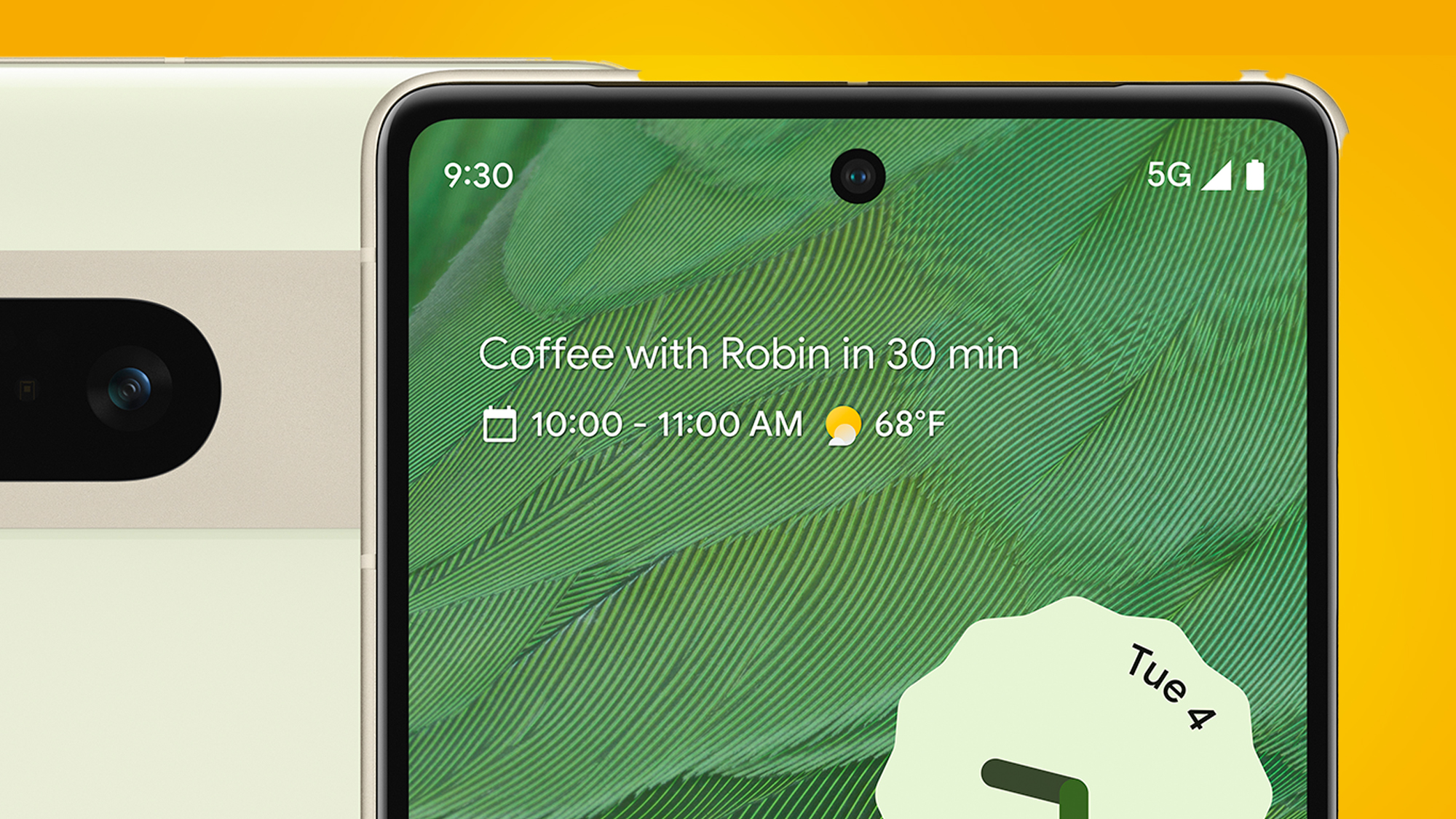
The Pixel 7 now has the same 10.8MP sensor (with f/2.2 aperture) that you'll find on the Pixel 7 Pro and 6 Pro. This means it has an ultra-wide 20mm focal length, which is handy for squeezing multiple people into the frame. You can also use it to shoot 4K/60p video.
It still only has fixed focus, but should be a more useful tool for when you need a social media mug shot or quick video for your YouTube channel.

Mark is TechRadar's Senior news editor. Having worked in tech journalism for a ludicrous 17 years, Mark is now attempting to break the world record for the number of camera bags hoarded by one person. He was previously Cameras Editor at both TechRadar and Trusted Reviews, Acting editor on Stuff.tv, as well as Features editor and Reviews editor on Stuff magazine. As a freelancer, he's contributed to titles including The Sunday Times, FourFourTwo and Arena. And in a former life, he also won The Daily Telegraph's Young Sportswriter of the Year. But that was before he discovered the strange joys of getting up at 4am for a photo shoot in London's Square Mile.